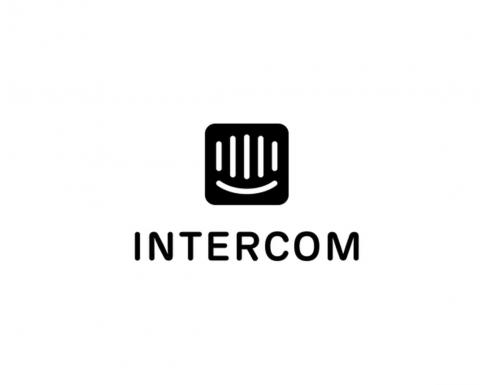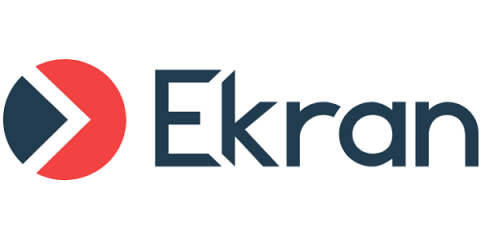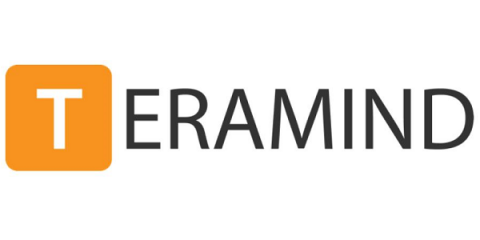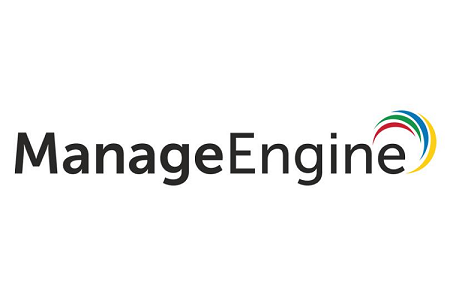How and Why Egnyte Redesigned Its Core Configuration System
Configuration at scale is hard. At Egnyte, we’d developed a flexible system that was advantageous early on but put increasing stress on our engineers and processes as the company grew. And, being a cloud deployed software product, we needed to be able to serve all of its customers, which meant we had to come up with a solution that addressed our current challenges and set us up to support our future growth as well.











